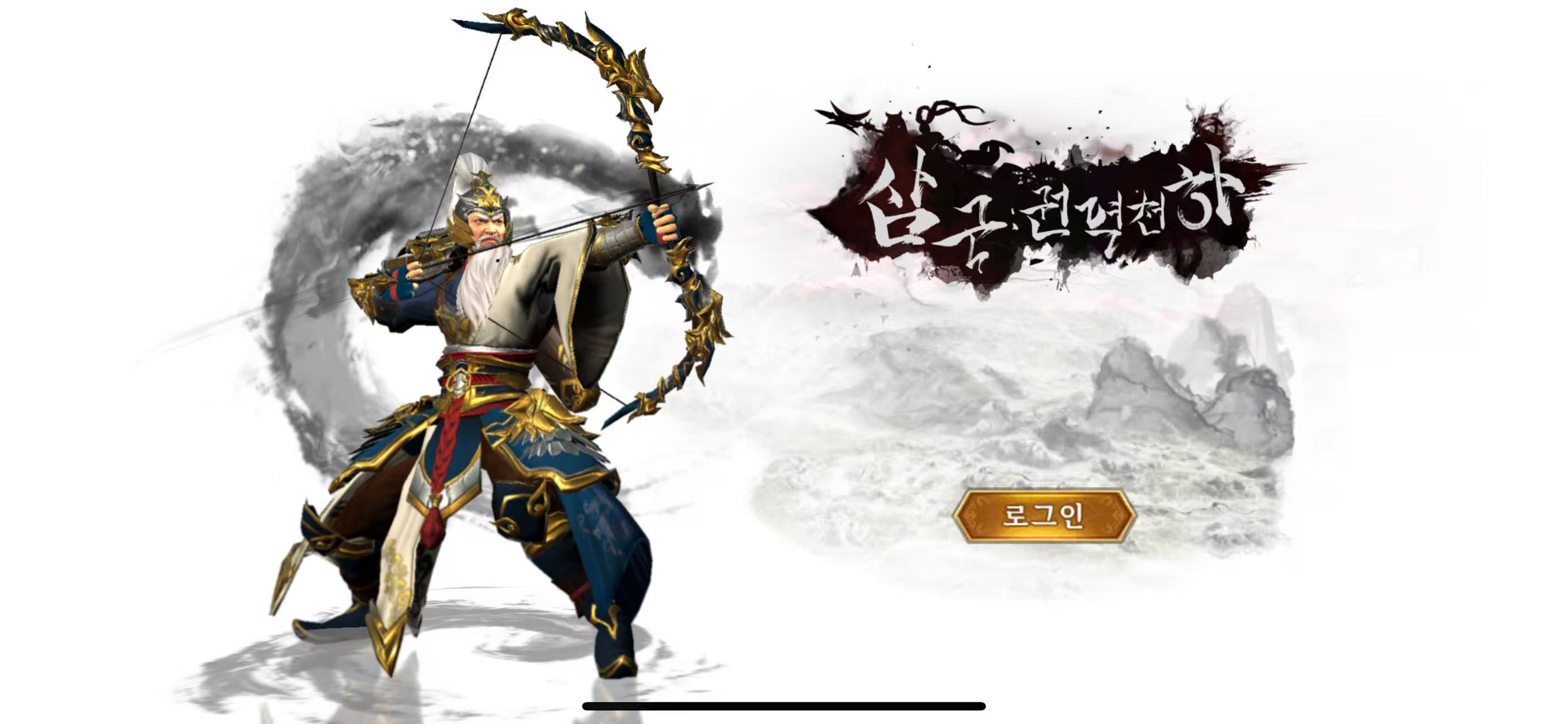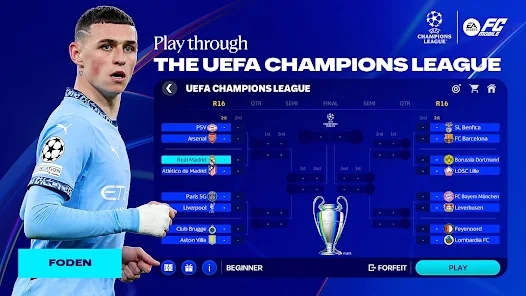From Strategy to Simplicity: How Hyper Casual Games are Reshaping the Gaming Landscape
In the ever-evolving world of gaming, there's an undeniable shift taking place. With the rapid rise of hyper casual games, players are being drawn away from complex strategy games and into a realm of simplicity and instant gratification. But what does this change mean for both gamers and developers? Here, we explore the seismic impacts of hyper casual games, and how they're reshaping our gaming landscape.
The Rise of Hyper Casual Games
Hyper casual games have become a sensation, capturing millions of players with their addictive nature. Unlike traditional strategy games that often demand long durations of play and intricate decision-making, hyper casual titles focus on short gameplay sessions. Players can jump in, have fun, and jump out within minutes. This brings a unique advantage: accessibility.
Why Are Players Choosing Simplicity?
- Immediate Gratification: Players can satisfy their gaming needs in just a few minutes.
- Minimal Commitment: The games don’t require a huge time investment, appealing especially to casual gamers.
- Simple Mechanics: The ease of learning allows players of all ages to engage without feeling overwhelmed.
The Impact on Strategy Games
With hyper casual games thriving, traditional strategy games are facing increased competition. Players seeking quick thrills often gravitate toward simpler games, leaving complex strategy elements in their wake. The consequence? Developers might have to rethink their approaches to game design.
Understanding the Shift in Preferences
What draws us to games? Is it the challenge? The thrill of winning? Or is it simply the need to escape our daily routines? As our lives grow busier, the gaming community seems to embrace hyper casual gaming as a convenient outlet.
Hyper Casual Games: Key Features
| Feature | Description |
|---|---|
| Easy to Learn | Designed for quick understanding and play. |
| Short Sessions | Gameplay that lasts a few minutes, perfect for breaks. |
| Minimal Setup | No complex tutorials or elaborate instructions. |
| Highly Engaging | Often include addictive mechanics to keep players coming back. |
Connection Between Hyper Casual and Strategy Games
Interestingly, there's a connection between these two seemingly opposite genres. Elements from strategy games are being integrated into hyper casual formats. Games with light strategic elements can hook casual players while introducing deeper mechanics progressively.
Case Study: Korok Flower Puzzle in The Legend of Zelda
A clear example is found in games like The Legend of Zelda: Tears of the Kingdom, specifically its Korok flower puzzles. These puzzles strike a balance, offering players a taste of strategy while ensuring gameplay remains accessible and enjoyable. Many developers take note of such titles, looking to emulate this balance in future releases.
Delta Force de Tomaso: A New Era of Gameplay
The Delta Force de Tomaso series illustrates how hyper casual elements can reframe traditional gaming experiences. By simplifying gameplay mechanics, developers can attract a broader audience while retaining core strategic elements that give depth to the game.
What Developers Are Learning
Understanding player preferences has never been more critical. Developers are noticing that the simplification of gameplay can lead to higher engagement and retention rates. This shift brings exciting possibilities and challenges for the gaming industry.
Bridging the Gap: Casual and Hardcore Gamers
How can developers cater to both casual and hardcore players? The answer may lie in hybrid designs. Combining elements of hyper casual games with layers of strategy could create a gaming experience that satisfies both demographics.
Challenges of Hyper Casual Games
- Market Saturation: The influx of hyper casual titles can make it difficult for new games to stand out.
- Monetization Issues: Finding sustainable revenue models without creating barriers can be tricky.
- Retention Problems: Keeping players engaged long-term can be a challenge with simpler games.
The Future of Gaming: Trends to Watch
As gaming continues to evolve, here are some key trends:
- Integration of Augmented Reality (AR): Enhancing hyper casual games with AR could reshape interaction.
- Expanded Genres: The blend of hyper casual with RPG and puzzle genres could see innovative games emerge.
- Community Engagement: Building communities around games can help in retaining players and cultivating loyalty.
Conclusion
The landscape of gaming is shifting towards simplicity, led by hyper casual games that prioritize instant gratification and accessibility. While traditional strategy games may struggle to keep up, they also provide valuable lessons for developers and players alike. The future promises to be exciting, with innovative designs bridging the gap between casual and hardcore gaming experiences.
As we continue to witness this transformation, one thing remains certain: whether navigating deep strategies or engaging in hyper casual fun, gaming will always hold a special place in our hearts.



